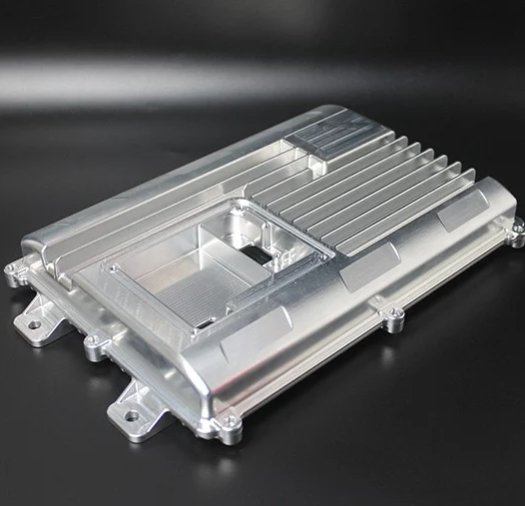CNC machining has become a crucial area in modern manufacturing, and as technology continues to develop, the future of CNC machining will see more trends and innovations. In this article, we will explore some of the trends and emerging technologies of CNC machining.
The advent of Industry 4.0 is revolutionizing the day-to-day operations of CNC machining factories by utilizing cutting-edge smart technologies and integrated software. This has led to faster turnaround times, reduced downtime, and increased productivity.
As technology continues to evolve, metal processing facilities worldwide are adopting more advanced machinery such as lathes, milling machines, grinders, welding and laser machines. The integration of CNC machinery with Computer-Aided Manufacturing (CAM) software has shortened manufacturing time and ensured the production of high-quality components.
Leading commercial enterprises and large manufacturers are increasingly demanding more sophisticated CNC hardware and software to keep up with the pace of innovation.
Machine learning and artificial intelligence are closely related to machine tool maintenance, as they enable the use of predictive and preventative methods to decrease downtime and enhance productivity in the manufacturing process.
Effective machine tool maintenance is essential for ensuring consistency and accuracy over time. Failure to properly maintain these machines can result in significant disruptions to production and quality control.

Multi-axis CNC machining is becoming increasingly popular because it allows manufacturers to create complex parts and components with greater precision, speed, and efficiency. With a multi-axis machine, a manufacturer can move the cutting tool along multiple axes, including X, Y, and Z axes, as well as rotate the part being worked on around one or more axes.
This increased range of motion allows for more complex geometries to be machined, which in turn allows for the creation of more intricate and precise parts. Additionally, multi-axis machines can often complete machining operations in fewer setups than traditional 3-axis machines, resulting in shorter lead times and lower costs.
The development of new materials is an ongoing process in the field of CNC machining, as manufacturers are always looking for ways to improve the performance and capabilities of their machines. Some of the materials that have been developed specifically for use in CNC machining include:
Composite materials: These materials are made from a combination of different materials, such as carbon fiber reinforced polymers (CFRP), fiberglass, or Kevlar. They are lightweight, strong, and resistant to corrosion, making them ideal for aerospace, automotive, and marine applications.
High-temperature alloys: These alloys are designed to withstand extreme temperatures without losing their strength or shape. They are used in the production of gas turbine engines, jet engines, and other high-performance applications.
Ceramic materials: Ceramics are extremely hard and wear-resistant, making them ideal for cutting tools and other components that need to withstand high levels of stress and wear.
3D printing materials: 3D printing has opened up new possibilities for CNC machining by allowing manufacturers to create complex geometries and custom parts using a wide range of materials, including plastics, metals, and even biological materials such as tissue and bone.
CNC machining is becoming more sustainable by using eco-friendly materials, energy-efficient machines, and reducing waste. Companies are using recycled or biodegradable materials to reduce waste and environmental impact. Some CNC machines have energy-efficient motors or control systems to minimize energy consumption. To reduce waste, some machines recycle coolant or resharpen and reuse cutting tools.
VR/AR tech is impacting CNC machining by providing immersive training simulations, reducing accidents and improving efficiency. It's also used for designing and prototyping parts in a virtual environment before production to save time and costs. However, challenges include needing specialized hardware/software, additional training/support, and high upfront investment. VR/AR may not be suitable for all applications.
Within these trends and innovations, the CNC machining industry is moving towards greater efficiency, intelligence, and environmental responsibility. Dadesin Precision is a reliable and innovative provider of precision manufacturing services. We offer high-quality parts for various industries, from production to sales. Our commitment to advancing CNC machining technology allows us to stay ahead of industry trends and provide cutting-edge solutions. Contact us today to learn more about our services and how we can help meet your needs.
By continuing to use the site you agree to our privacy policy Terms and Conditions.